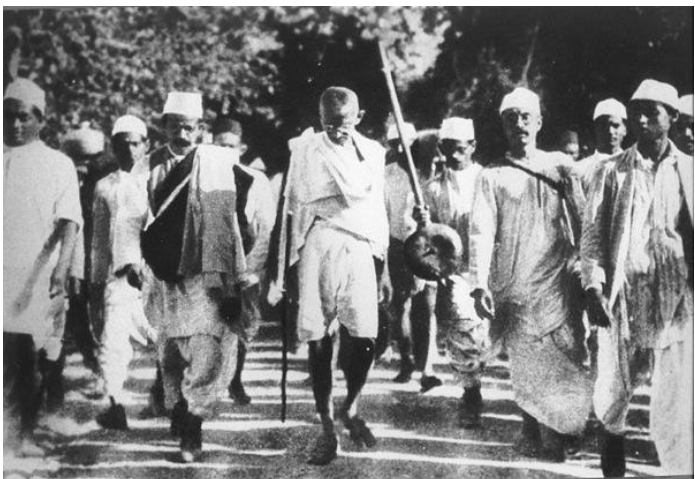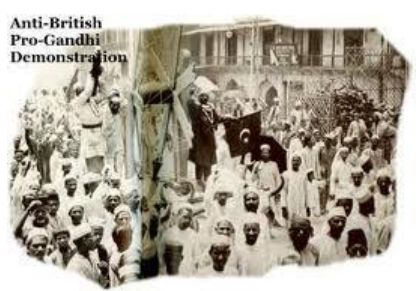
Satyagrah
Nationalism In India of Class 10
THE IDEA OF SATYAGRAH:
Mahatma Gandhi returned to India in January 1915. Gandhiji had come from South Africa where he had successfully fought the racist regime with a novel method of mass agitation, which he called satyagraha. The idea of satyagraha emphasised the power of truth and the need to search for truth. It suggested that if the cause was true, if the struggle was against injustice, then physical force was not necessary to fight the oppressor. Without seeking vengeance or being aggressive, a satyagrahi could win the battle through nonviolence. This could be done by appealing to the conscience of the oppressor. People – including the oppressors – had to be persuaded to see the truth, instead of being forced to accept truth through the use of violence. By this struggle, truth was bound to ultimately triumph. Mahatma Gandhi believed that this dharma of non-violence could unite all Indians.

After arriving in India, Mahatma Gandhi successfully organized satyagraha movements in various places. In 1916 he travelled to Champaran in Bihar to inspire the peasants to struggle against the oppressive plantation system. Then in 1917, he organised a satyagraha to support the peasants of the Kheda district of Gujarat. Affected by crop failure and a plague epidemic, the peasants of Kheda could not pay the revenue, and were demanding that revenue collection be relaxed. In 1918, Mahatma Gandhi went to Ahmedabad to organize a satyagraha movement amongst cotton mill workers.
THE ROWLATT ACT (1919):
This Act had been hurriedly passed through the Imperial Legislative Council despite the united opposition of the Indian members. It gave the government enormous powers to repress political activities, and allowed detention of political prisoners without trial for two years.
Gandhi ji in 1919 decided to launch a nationwide satyagraha against the proposed Rowlatt Act (1919). Mahatma Gandhi wanted non-violent civil disobedience against such unjust laws, which would start with a hartal on 6 April.

CONSEQUENCES OF ROWLATT ACT:
- Rallies were organized in various cities; workers went on strike in railways workshops, shops were closed down.
- The Britisher decided to clamp down on nationalists. Local leader were picked up from Amritsar, police fired on peaceful processions in Amritsar and the provoked Indians attacked the banks, post offices, railway stations etc.
- Martial law was imposed and General Dyer took command.









